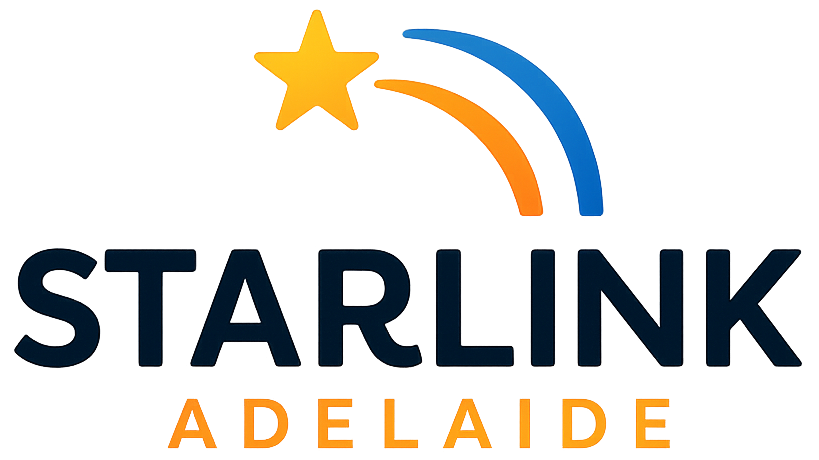Starlink is a satellite internet service developed by SpaceX, designed to deliver high-speed, low-latency broadband internet across the globe. Unlike traditional satellite internet, which relies on a few large satellites in geostationary orbit, Starlink utilizes a constellation of thousands of small satellites in low Earth orbit (LEO), approximately 550 km above the Earth. This network reduces latency and increases data throughput, providing a more responsive internet experience suitable for activities like video conferencing, online gaming, and streaming high-definition content.
es, Starlink is available throughout Adelaide and the broader South Australian region, including rural and remote areas. Its expansive satellite network ensures coverage in locations where traditional broadband services may be limited or unavailable. To confirm service availability at your specific address, visit the Starlink website.
The standard Starlink kit includes:
Satellite Dish (Dishy McFlatface): The antenna that connects to the Starlink satellite network.
Wi-Fi Router: Provides wireless internet connectivity within your premises.
Mounting Tripod: A base stand for the dish, suitable for ground-level installations.
Cables and Power Supply: Necessary for connecting and powering the system.
Starlink App: Available for iOS and Android, used for setup, monitoring, and troubleshooting.
The Starlink system is designed for self-installation, with user-friendly instructions provided via the Starlink app. However, professional installation is recommended in certain scenarios:
Complex Roof Structures: Homes with steep or multi-level roofs may pose safety risks during installation.
Obstructed Views: Properties surrounded by trees or buildings may require elevated mounting solutions to achieve a clear line of sight to the sky.
Aesthetic Considerations: Professional installers can provide discreet cable routing and mounting solutions that blend with your property’s appearance.
Professional installation ensures optimal performance and compliance with local building regulations.
As of 2025, the costs associated with Starlink in Australia are as follows:
Hardware: $599–$924 AUD (one-time purchase)
Shipping & Handling: Approximately $150 AUD
Monthly Subscription: $139 AUD for the standard residential plan
Optional Mounting Hardware: $90–$180 AUD
Professional Installation (Optional): Typically ranges between $300–$800 AUD, depending on the complexity of the setup
Prices may vary based on specific requirements and any promotional offers.
Starlink offers impressive internet speeds, especially in areas with limited traditional broadband options. Typical performance metrics include:
Download Speeds: 100–250 Mbps
Upload Speeds: 10–40 Mbps
Latency: 20–50 ms
Actual speeds may vary based on factors such as network congestion, environmental conditions, and the presence of obstructions.
Yes, a clear line of sight to the sky is essential for optimal Starlink performance. Obstructions like trees, buildings, or other structures can interfere with the satellite signal, leading to reduced speeds or intermittent connectivity. The Starlink app includes a “Check for Obstructions” tool to help you identify the best installation location with minimal obstructions.
Starlink offers a “Roam” plan designed for portable use, suitable for caravans and boats. This plan allows users to access the internet while traveling across Australia. However, using Starlink while in motion requires specific hardware and plan options. It’s important to review the terms and ensure compliance with Starlink’s usage policies.
Several factors can influence Starlink’s performance:
Obstructions: Trees, buildings, or other structures can block the satellite signal.
Weather Conditions: Heavy rain, snow, or storms may temporarily affect connectivity.
Improper Installation: Incorrect dish alignment or unstable mounting can lead to performance issues.
Network Congestion: High usage periods may result in reduced speeds.
Proper installation and site assessment can mitigate many of these issues.
Starlink provides a competitive alternative to traditional internet services, especially in rural and remote areas. Compared to NBN Sky Muster, Starlink offers higher speeds and lower latency, making it more suitable for real-time applications like video conferencing and online gaming. While fixed-line services like NBN or fiber may offer higher speeds in metropolitan areas, Starlink’s advantage lies in its wide coverage and ease of deployment in underserved regions.
